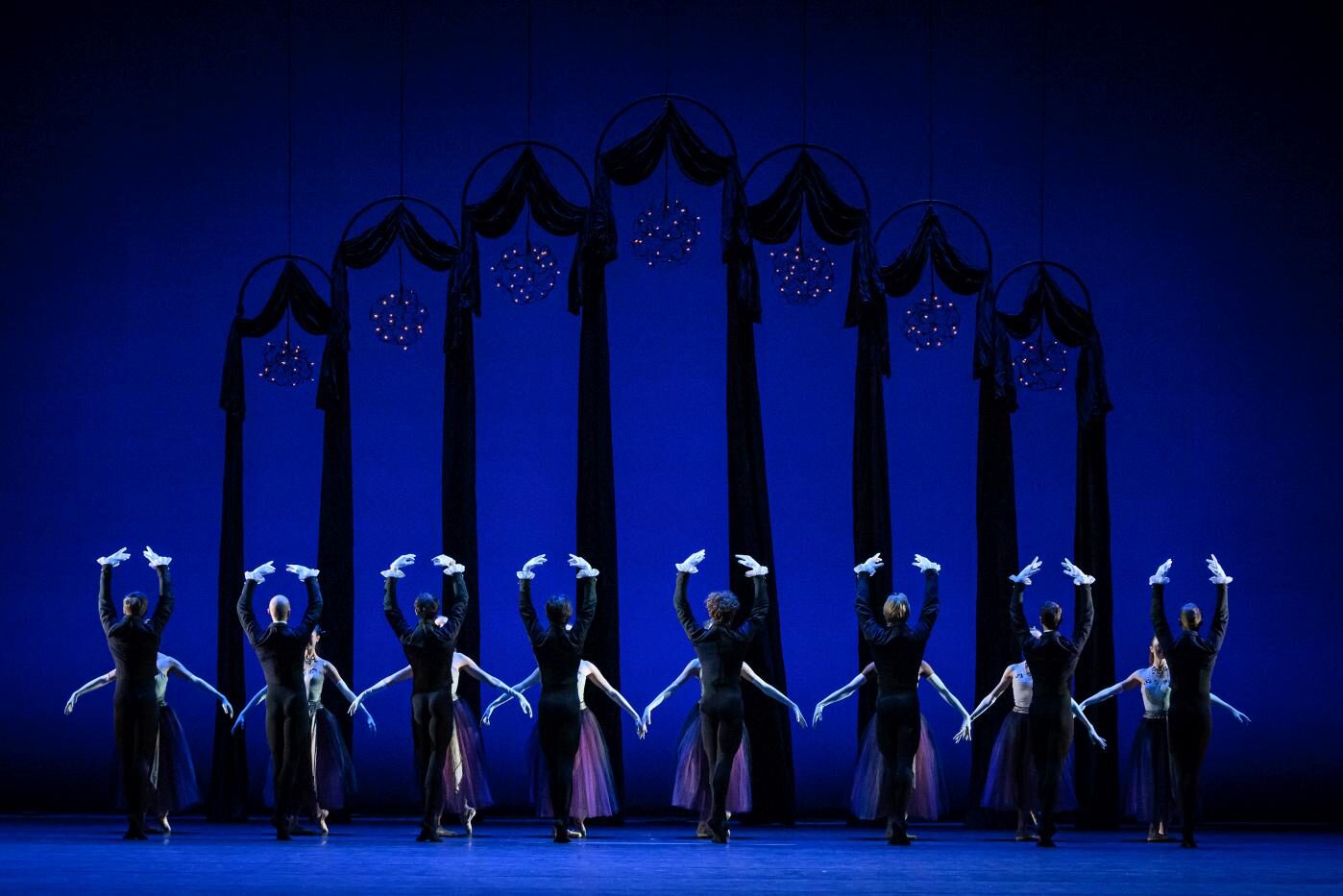Almost Holy
“The World of John Neumeier”
Hamburg Ballet – John Neumeier
Festspielhaus Baden-Baden
Baden-Baden, Germany
October 08, 2016
by Ilona Landgraf
Copyright © 2016 by Ilona Landgraf
 Calling two big stages home is a luxury few can call their own. Hamburg Ballet – John Neumeier enjoyed it for the seventieth time this autumn when touring the Festspielhaus in Baden-Baden for one week. Usually they bring along two pieces and one workshop moderated by Neumeier himself. This year the two ballets were “Romeo and Juliet”, scheduled three times with different leading couples, and “The World of John Neumeier”, a collection of excerpts from autobiographically significant pieces. It premiered in Tokyo earlier this year and was shown on two consecutive evenings in Baden-Baden. I saw the first performance. (more…)
Calling two big stages home is a luxury few can call their own. Hamburg Ballet – John Neumeier enjoyed it for the seventieth time this autumn when touring the Festspielhaus in Baden-Baden for one week. Usually they bring along two pieces and one workshop moderated by Neumeier himself. This year the two ballets were “Romeo and Juliet”, scheduled three times with different leading couples, and “The World of John Neumeier”, a collection of excerpts from autobiographically significant pieces. It premiered in Tokyo earlier this year and was shown on two consecutive evenings in Baden-Baden. I saw the first performance. (more…)







